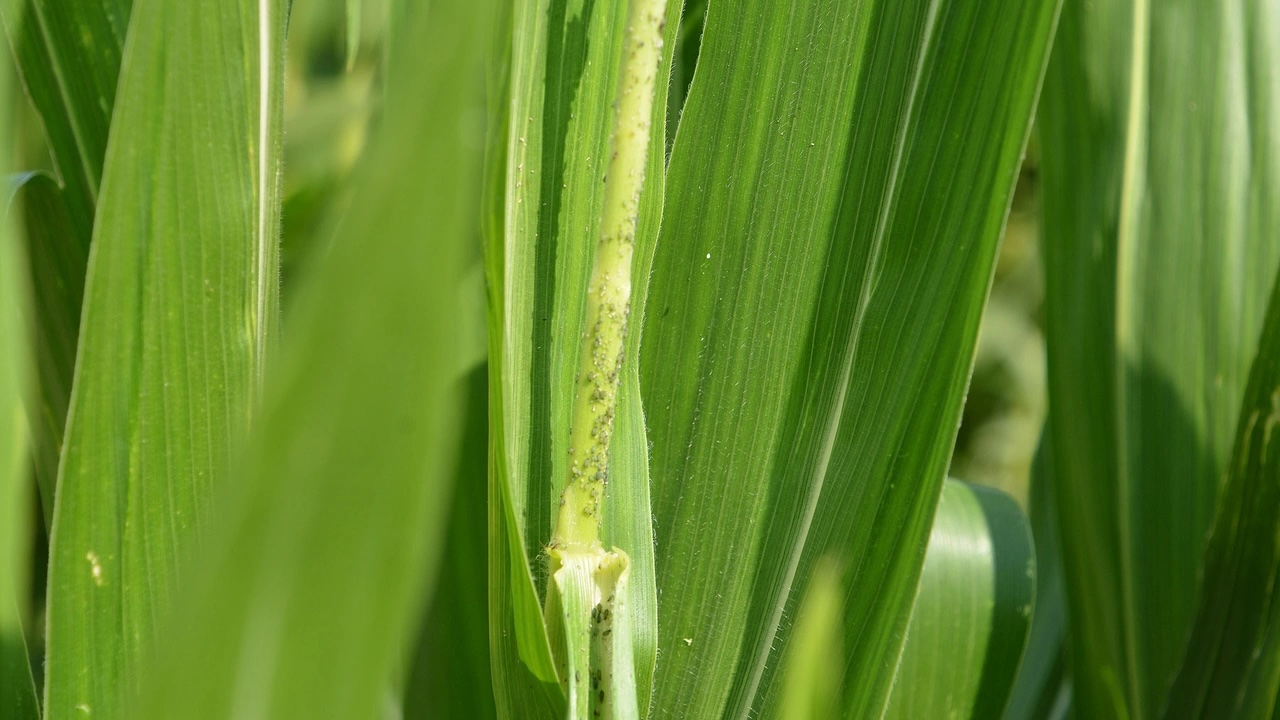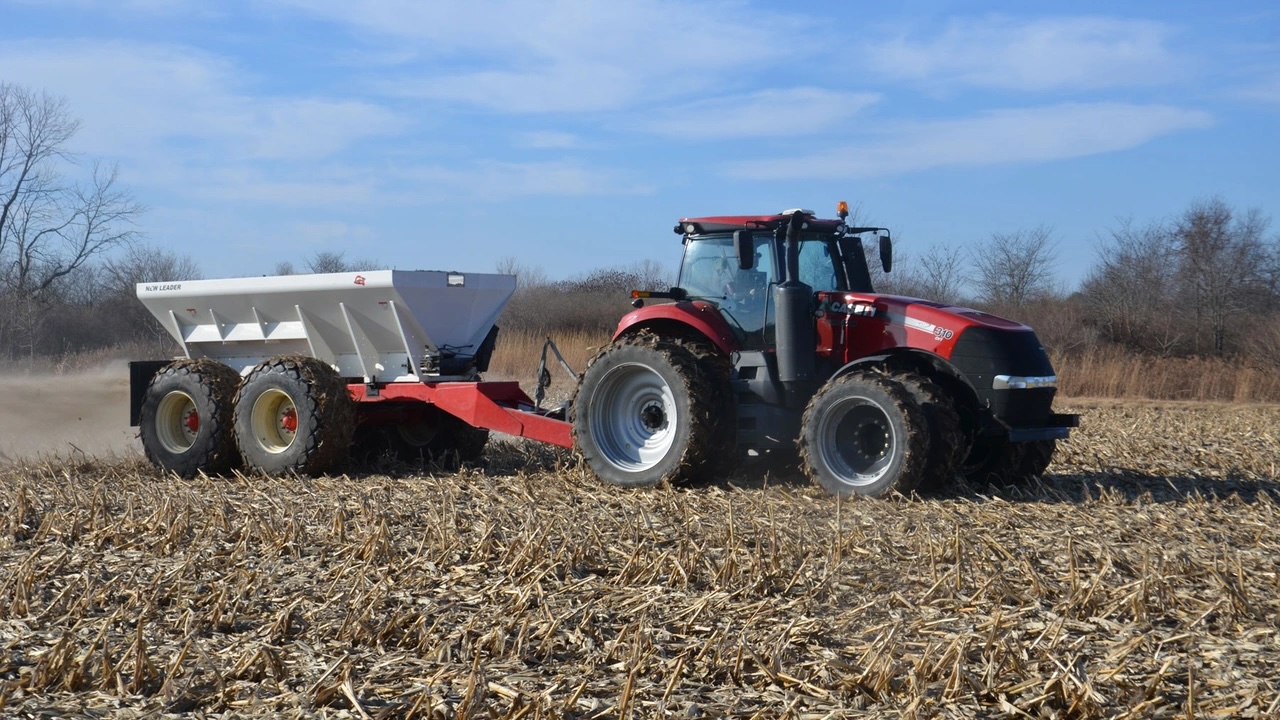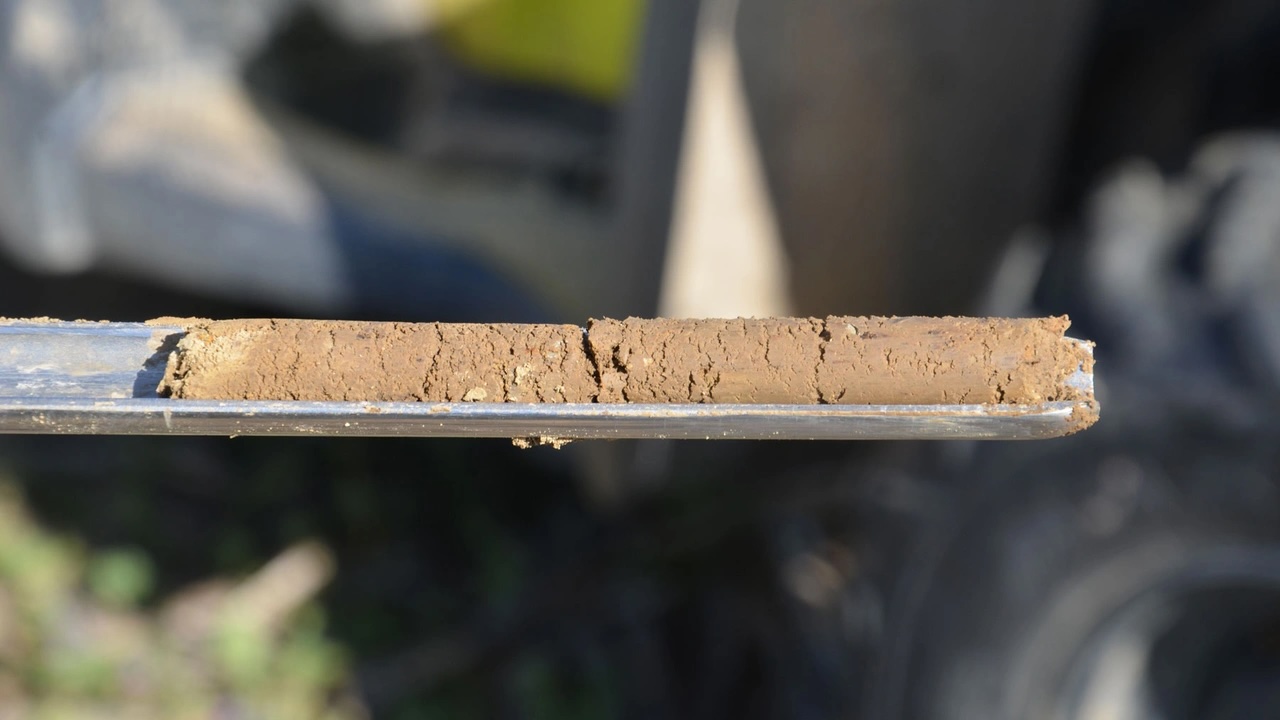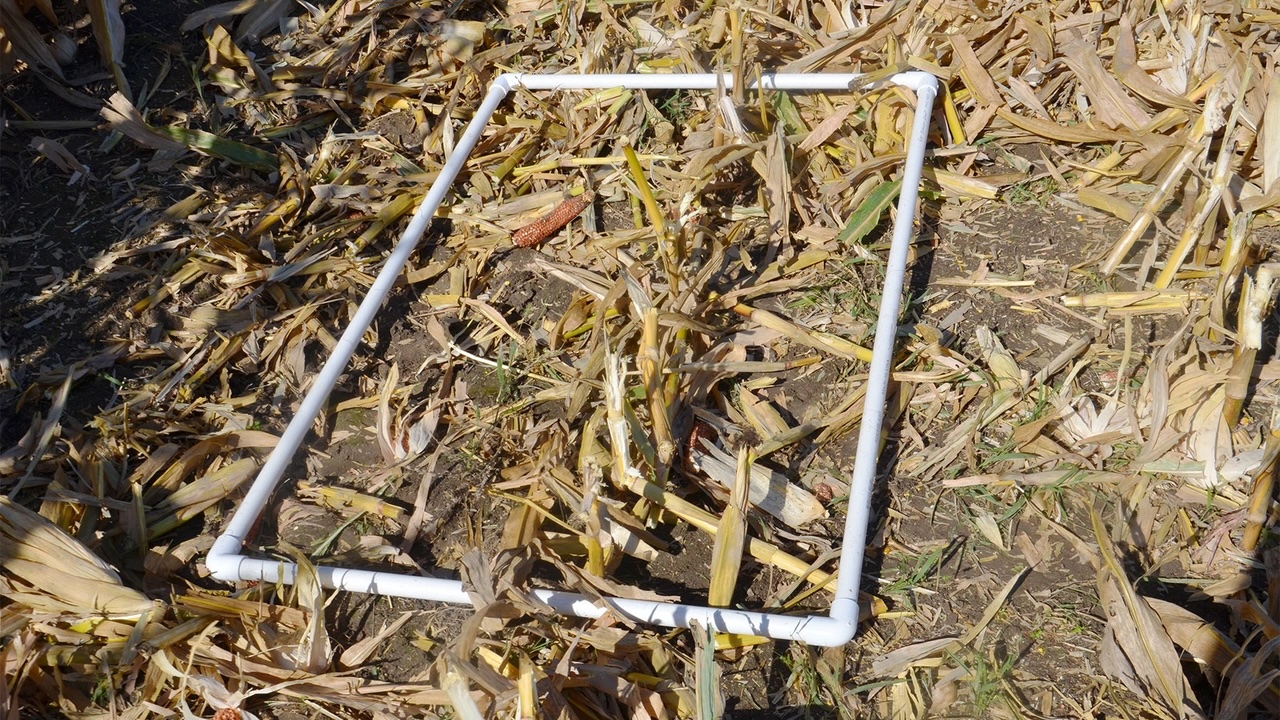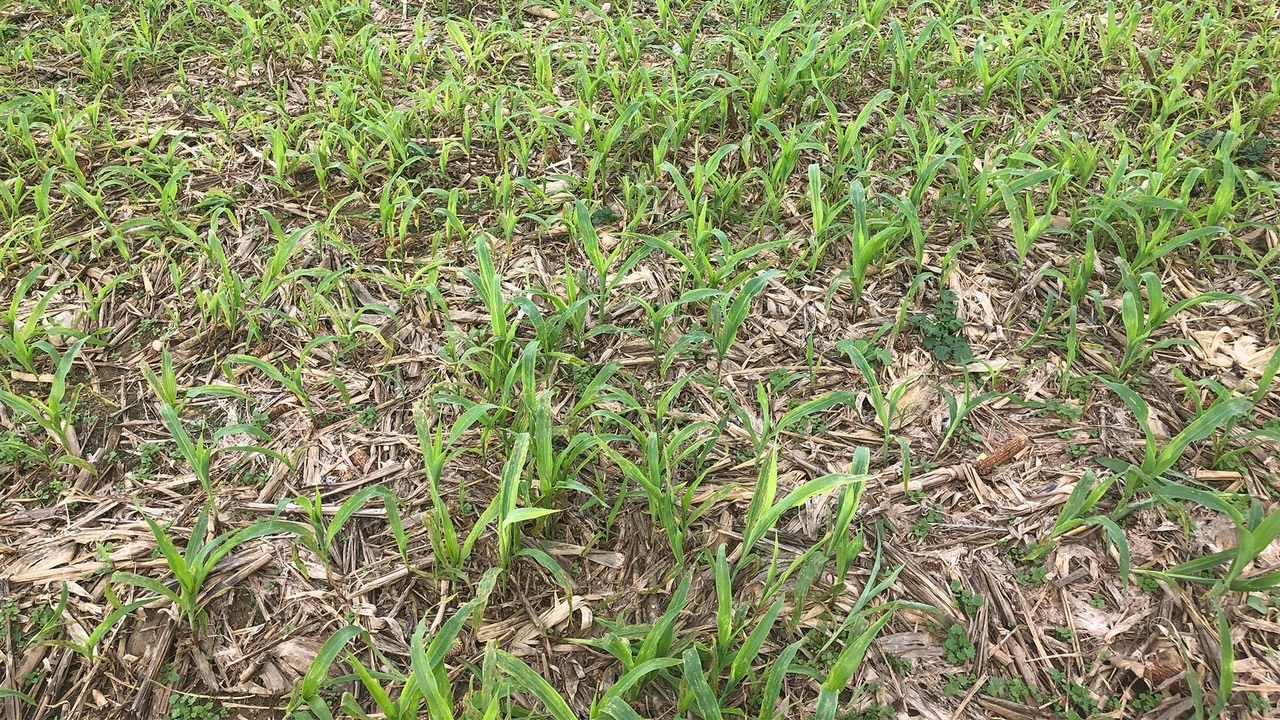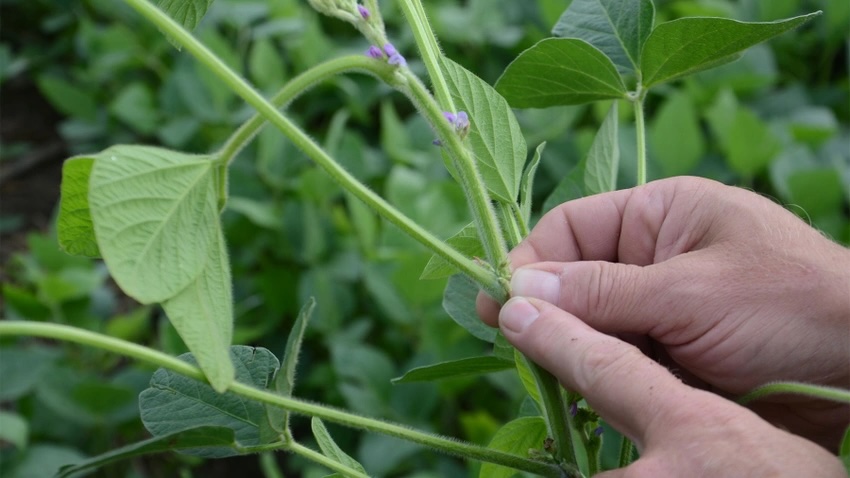Does my seed corn need a cold germ test?
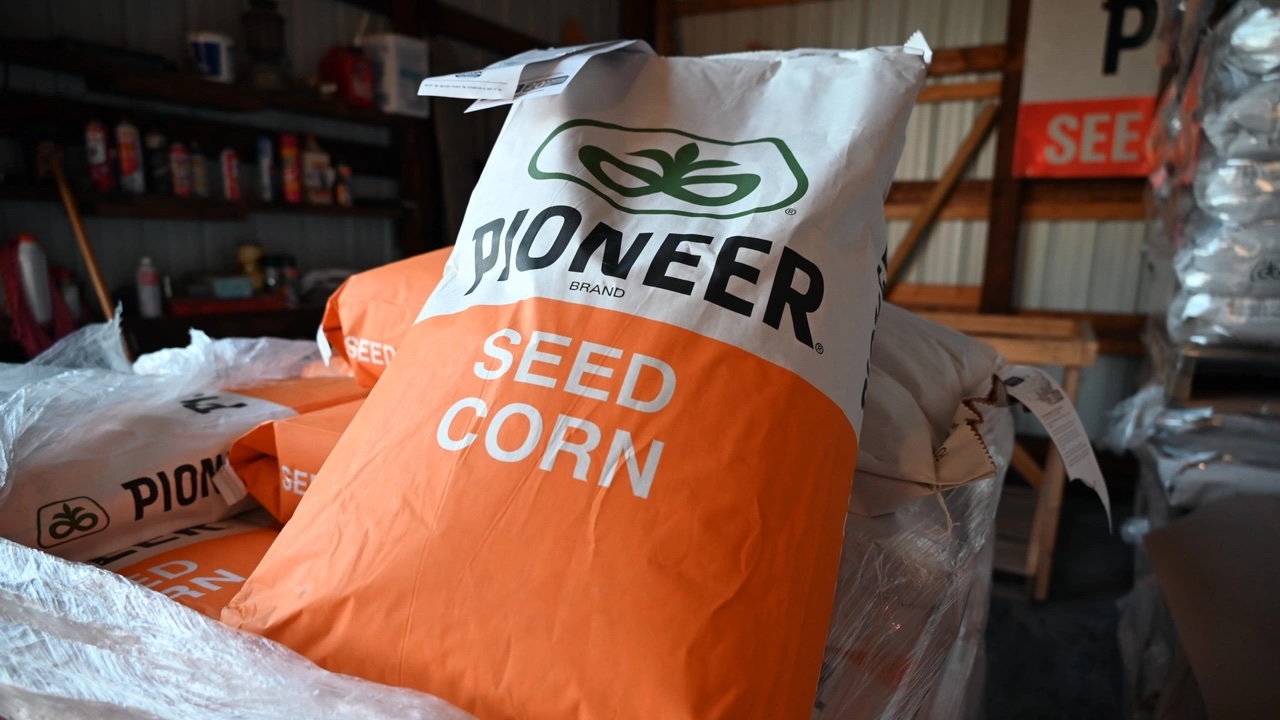
Answers are from the Indiana certified crop adviser panel: Betsy Bower, Keystone Cooperative, Lafayette, Ind.; Jeff Nagel, Keystone Cooperative, Lafayette, Ind.; Marty Park, Gutwein Seed Service, Rensselaer, Ind.; and Dan Quinn, Purdue Extension corn specialist.
I had good corn yields, but I was not satisfied with how hybrids in a couple fields got out of the ground, even when the tag says 95% germination. Should I send my seed off for cold germ tests? If so, who does it? Is it worth it? Why doesn’t my seedsman tell me cold germ scores?
Bower: Examine emergence scores and talk to your seedsman first. Every year, you see differences in emergence in corn hybrids. Usually, the hybrid with the lower emergence score does not have as even emergence as the hybrid with the better score when planted at the same time. Ask your seedsman which hybrid should be planted first if you are having emergence issues.
All seed companies perform at least one or several types of cold germ tests. These range from planting seed into a chilled, 50-degree F media for seven days to extending the time to more days to also adding moisture to the media. But there is no standard cold germination test, so testing cannot be compared across all seed companies. You can have a lab run a cold germination test, but you should understand the specifics of the cold germination test. By law, seed companies must run and report a standardized warm germination test on all seed.
Nagel: Seed companies generally rate hybrids on emergence and early growth. The seed tag percent germination reflects maximum germination under optimal conditions. A cold test gives you an idea of emergence under more stressful conditions.
Some hybrids might germinate successfully and are slower to emerge but have excellent yield potential. These characteristics are rated by breeders and agronomists and incorporated into seed guides and management recommendations. Seed companies try to produce and deliver high-quality seed corn and, generally, seed quality is not an issue. There are some labs that offer cold testing. If there is a concern on a specific hybrid or situation, most seed companies would collaborate with you to facilitate testing.
Park: Some growers may send samples of each lot number for cold germination scores. Most of those growers push the envelope on early planting, and they use the data to figure out which hybrids to start planting. If you plant extremely early, you might consider it.
Some labs that do this testing are SoDak Labs and SGS Labs in South Dakota. They conduct cold germination and saturated cold germination tests. This is not necessary for the grower who plants into favorable seedbeds during normal timings.
Quinn: Sending seed off for a cold germ test can further assess the emergence potential/vigor of the seed in cooler/wetter soils. The Indiana Crop Improvement Association is a good place to have this done. If you are planning to plant early and have a history of planting into more challenging soils and stressful conditions, seed with good cold germ scores will germinate and emerge well. However, being a little more patient and waiting until soil conditions are better fit, the temperatures are higher and continuing to rise, and ensuring you have proper planter settings can promote good emergence.
Lastly, get more information on why some hybrids did not emerge well. For example, was it just the seed, or were there other issues that caused poor emergence? Testing multiple hybrids side by side can also ensure good hybrid selection to achieve good emergence.


